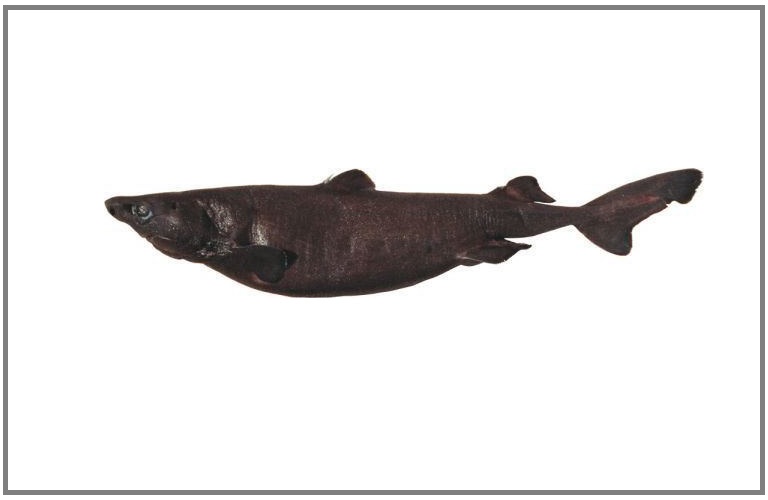
Researchers discover deep-sea sharks glow in the dark
The Guardian
Published:02 Mar 2021, 07:25 PM

Researchers discover deep-sea sharks glow in the dark
Scientists studying sharks off New Zealand have discovered that three deep-sea species glow in the dark – including one that is now the largest-known luminous vertebrate. Bioluminescence – the production of visible light through a chemical reaction by living organisms – is a widespread phenomenon among marine life, but this is the first time it has been documented and analysed in the kite fin shark, the black belly lantern shark, and the southern lantern shark.
The sharks were collected during a fish survey of the Chatham Rise off the east coast of New Zealand in January 2020. The kite fin shark, which can grow to 180cm, is now the largest-known luminous vertebrate: what researchers referred to as a “giant luminous shark”.
The researchers, from the Université Catholique de Louvain in Belgium and the National Institute of Water and Atmospheric Research (NIWA) in New Zealand, said that the findings had repercussions for our understanding of life in the deep sea; one of the least-studied ecosystems on the planet.
The sharks all live in what is known as the mesopelagic or “twilight” zone of the ocean, between 200-1000 metres deep, beyond which sunlight does not penetrate. Seen from below, the sharks appear backlit against the bright surface of the water, leaving them exposed to potential predators without any place to hide. Researchers suggest these three species’ glowing underbellies may help camouflage them from any threats that might strike from beneath.
In the case of the kitefish shark, which has few or no predators, it is possible that the slow-moving species uses its natural glow to illuminate the ocean floor while it searches for food, or to disguise itself in approaching its prey. Further study would be needed to confirm either hypothesis, the researchers wrote in a paper published in the Frontiers in Marine Science journal, as well as to understand just how the species’ bioluminescence functioned – and possible implications for prey-predation relationships.
“Considering the vastness of the deep sea and the occurrence of luminous organisms in this zone, it is now more and more obvious that producing light at depth must play an important role structuring the biggest ecosystem on our planet,” the researchers wrote.